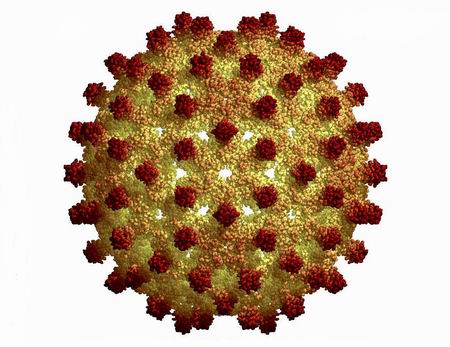
Hepatitis is inflammation of the liver, which can be caused by viruses, medications, or toxic agents.
Hepatitis known as an inflammation of the liver , is a gastroenterological disease. Hepatitis is generally categorized as a viral or non-viral hepatitis. Viral hepatitis can be considered “rapid” a position that comes on frequently with severe symptoms and for a short time or “chronic” a position that comes on slowly, may or may not have symptoms for a long time.
Viral infections are the cause of most acute Hepatitis. Hepatitis comes in 7 not so delicious flavours: Hepatitis a, B, C, D – Agent (which requires the presence of the hepatitis B virus to form), Hepatitis E, F, and G. None of these are very yummy, and should be avoided at all costs.
When most people refer to hepatitis, they are probably talking about viral hepatitis, which is classified into several types. Hepatitis a, which is very common in underdeveloped countries, is acquired from water or food sources. This type of hepatitis is usually mild and may sometimes be discovered only by blood testing. Hepatitis a never leads to chronic liver disease.
Hepatitis a is a highly infectious disease caused by Enterovirus referred to as Hepatitis a Virus(HAV) and the incubation period for this disease is about 2 – 8 weeks and the disease is called Short Incubation Hepatitis. The virus replicates in the liver of the host.
With hepatitis B, the liver also swells. Hepatitis B can be a serious infection that can cause liver damage, which may result in cancer. some people are not able to get rid of the virus, which makes the infection chronic, or life long. Blood banks test all donated blood for hepatitis B, greatly reducing the risk for getting the virus from blood transfusions or blood products.
Hepatitis C is also passed on through contaminated blood and is similar to hepatitis B, but it is caused by a different type of virus. Infection with the hepatitis C virus (HCV) is the number-one reason for liver transplant in the U.S. Unlike hepatitis a and B, there is no vaccine to prevent hepatitis C.
Two other hepatitis viruses are known, hepatitis D and E. The D agent, an RNA passenger virus, cannot proliferate without the presence of hepatitis B virus, because its genome lacks certain essential genes. Hepatitis E produces a picture quite similar to hepatitis a, although it can take a fulminant course in some patients, particularly pregnant women; it is more prevalent in the Indian subcontinent. Hepatitis D is caused by the hepatitis D virus (HDV). it occurs only in people who have hepatitis B. Hepatitis E is caused by the hepatitis E virus (HEV), which can be found in the stool (bowel movements) of infected people. it is uncommon in the United States but is a risk to international travelers.
peterhutch – About the Author:
Read about Rencare
Share and enjoy: